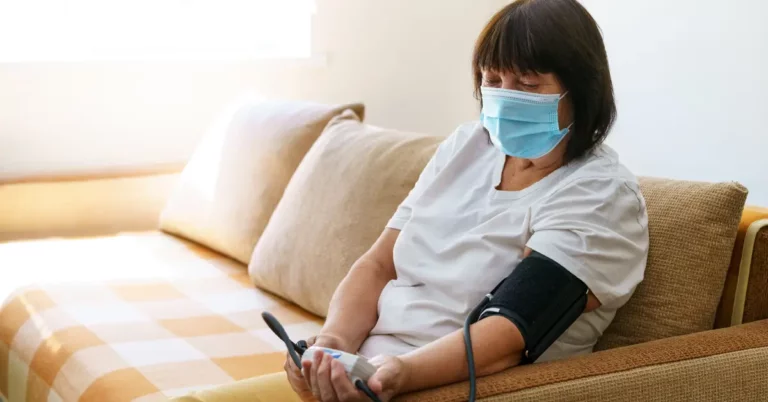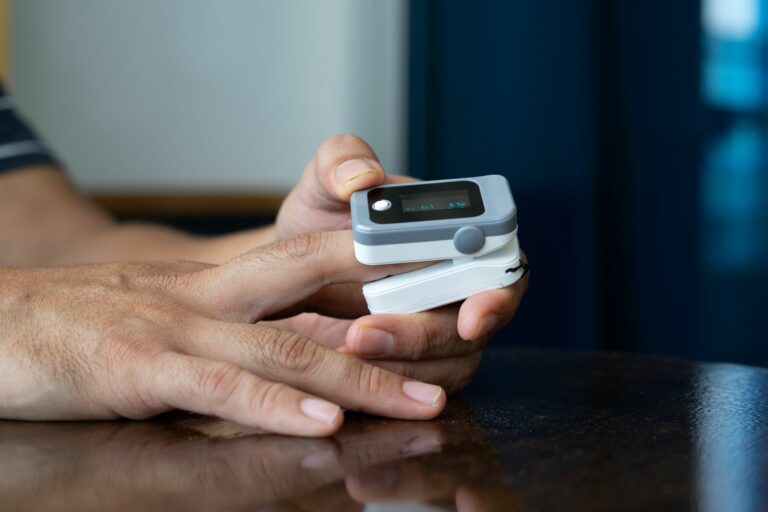Chronic Thromboembolic Pulmonary Hypertension (CTEPH) is a rare form of pulmonary hypertension caused by blood clots that have formed inside the pulmonary arteries. According to studies, it may be treatable and has been recorded as causing complications in 3.8% of severe lung blood clot incidents. CTEPH is a chronic condition and can result from a previous episode of acute pulmonary embolism.
Studies show that with the advancement of remote patient monitoring (RPM), there is a new era of care for patients with CTEPH. This innovative approach offers a potentially curable treatment option for patients with inoperable CTEPH and provides a more efficient and effective way to manage the condition.
Understanding CTEPH
CTEPH is a serious condition that can lead to high blood pressure in the lungs, heart failure, and shortness of breath. It occurs when clots that originally formed in the deep veins of the legs or pelvis get fragmented and travel to the lungs, where they obstruct the blood flow. Over time, the accumulation of these clots can lead to the formation of a chronic blood clot, causing CTEPH.
The incidence of CTEPH is low, but its impact on the quality of life and survival of affected individuals can be significant. To diagnose CTEPH, a pulmonary angiogram or a pulmonary angiography is usually performed.
Chronic Thromboembolic Pulmonary Hypertension Risk Factors
Although the exact cause of CTEPH is unknown, there are several risk factors that have been associated with its development. Some of these risk factors include:
- Previous Pulmonary Embolism: Individuals who have had a previous episode of pulmonary embolism, particularly a large one, are at an increased risk of developing CTEPH.
- Venous Thromboembolism: People who have a history of deep vein thrombosis (DVT) or other forms of venous thromboembolism are at an increased risk of CTEPH.
- Age: The incidence of CTEPH increases with age, particularly in people over the age of 60.
- Gender: Women are more likely to develop CTEPH than men.
- Inherited Blood Clotting Disorders: People with inherited blood clotting disorders such as Factor V Leiden or antiphospholipid syndrome are at an increased risk of CTEPH.
- Obesity: Individuals who are overweight or obese are more likely to develop CTEPH than those with a healthy body weight.
- Surgery: People who have undergone major surgery are at an increased risk of developing CTEPH, particularly if they have a long period of immobility after the procedure.
CTEPH Treatment Options
There are several treatment options available for CTEPH, including both surgical and non-surgical methods. Surgical options include pulmonary endarterectomy (PEA) and balloon pulmonary angioplasty (BPA), while non-surgical options include anticoagulants and other blood-thinning medications.
Pulmonary Endarterectomy (PEA) is a surgical procedure that removes blood clots from the pulmonary arteries. This procedure is often considered the gold standard for treating CTEPH, as it can potentially cure the condition. However, it is only possible for patients with inoperable CTEPH.
Balloon Pulmonary Angioplasty (BPA) is a less invasive alternative to PEA. This procedure uses a balloon catheter to remove blood clots and increase the diameter of the pulmonary arteries. BPA is considered a good option for patients with inoperable CTEPH who are unable to undergo PEA.
Anticoagulants and other blood-thinning medications can be used to treat CTEPH by preventing blood clots from forming and blocking the pulmonary arteries. These medications are often used as a first line of treatment for patients with mild to moderate CTEPH.
It is important for patients to work closely with their healthcare provider to determine the best treatment option for their individual situation. CTEPH is a chronic condition that requires careful management and monitoring to maintain optimal health and prevent complications. With the advent of RPM, it is now easier than ever for CTEPH patients to receive the care they need to manage their condition and improve their quality of life.
Remote Monitoring for CTEPH
RPM has revolutionized the way healthcare is delivered, and it is also a valuable tool for individuals living with Chronic Thromboembolic Pulmonary Hypertension (CTEPH).
Remote monitoring technology enables CTEPH patients to track their health and provide regular updates to their healthcare providers without the need for in-person visits. This not only improves the patients’ quality of life but also helps healthcare providers to detect and manage any changes in the patient’s condition promptly.
With the use of RPM devices and mobile health applications, patients with CTEPH can monitor their heart rate, blood pressure, oxygen levels, and other important vital signs. This data can then be transmitted to their healthcare providers, who can assess the patient’s condition and make necessary adjustments to their treatment plan.
In addition to tracking vital signs, remote monitoring can also help CTEPH patients manage their medications, dietary restrictions, and physical activity levels. This not only helps to ensure that the patients are adhering to their treatment plan but also helps to prevent any adverse events.
Revolutionizing Chronic Thromboembolic Pulmonary Hypertension Management with DrKumo Remote Patient Monitoring Solutions
Chronic Thromboembolic Pulmonary Hypertension (CTEPH) is a type of Pulmonary Hypertension (PH) caused by blood clots that have become stuck in the pulmonary arteries, leading to increased pressure and resistance to blood flow in the lungs. It is a serious and potentially life-threatening condition that requires long-term monitoring and treatment.
DrKumo is a technology company that provides innovative solutions for chronic disease management, acute care, post-operation, and hospital Care at home. DrKumo RPM technology provides a real-time, mobile-enabled solution for patients to manage their health conditions and for healthcare providers to access real-time intelligence for timely intervention.
With a state-of-the-art, HIPAA-compliant, AI/ML engine, DrKumo revolutionizes the way people access quality healthcare. The company is committed to providing effective solutions for both patients and healthcare providers through its innovative, collaborative, and technology-driven approach.
Takeaways
CTEPH is a form of pulmonary hypertension caused by chronic blood clots in the pulmonary arteries. The diagnosis of CTEPH involves pulmonary angiogram or pulmonary angiography. Traditional treatment options for CTEPH include pulmonary endarterectomy and balloon pulmonary angioplasty. However, with the advent of RPM technology, the management of CTEPH has become more efficient and convenient for patients. RPM allows for regular monitoring of CTEPH symptoms and treatment efficacy, leading to better outcomes and improved quality of life for patients.
Stay up-to-date on the latest advancements in treatment options for Chronic Thromboembolic Pulmonary Hypertension (CTEPH). Contact DrKumo now to learn about their revolutionary remote patient monitoring solutions.








